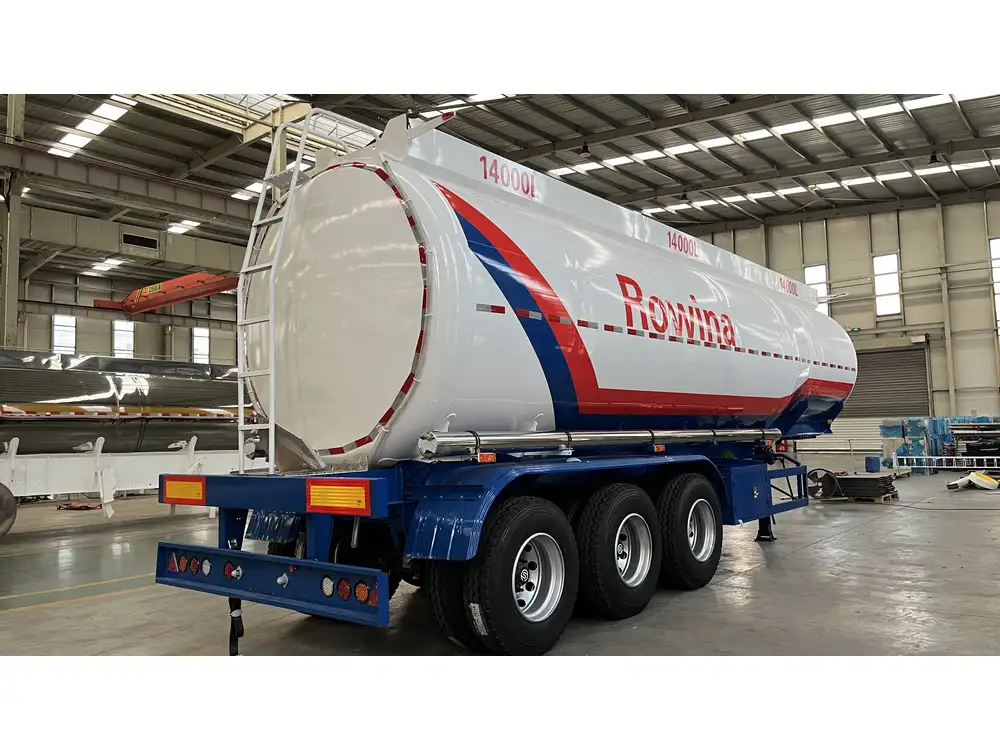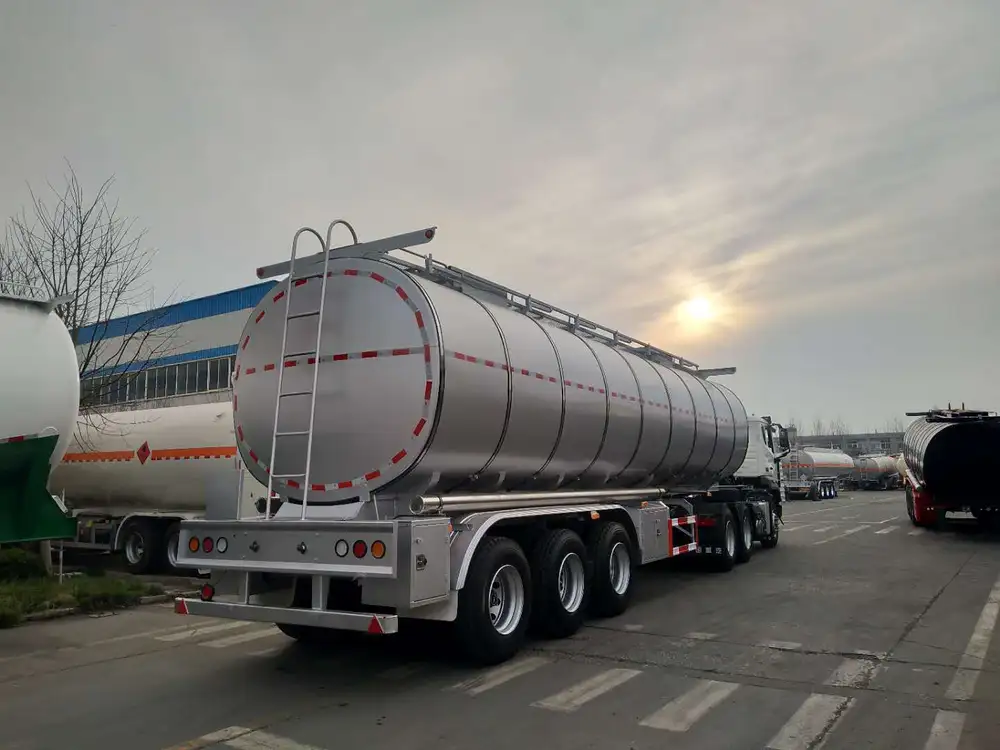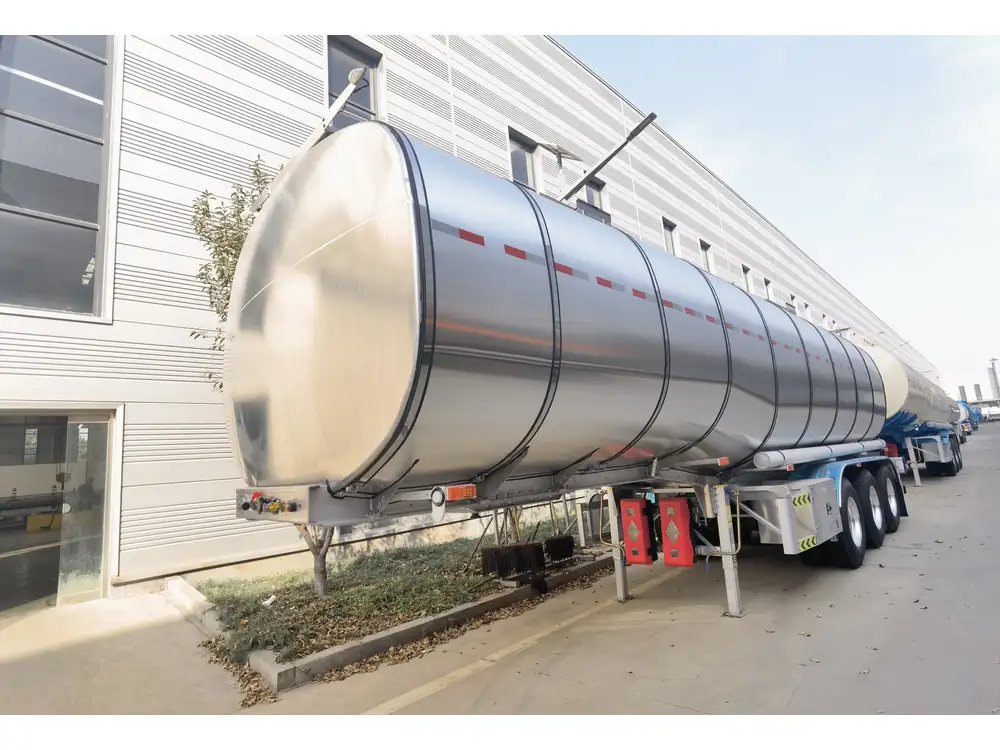The Ugandan transportation industry is on the rise, fueled by the burgeoning oil sector and the need for efficient and reliable logistics solutions. With this upsurge, the demand for crude tankers for sale in Uganda is becoming increasingly vital. This article explores the various aspects of crude tankers in Uganda, delving into their significance, key features to consider when purchasing these vessels, and the potential landscape of the market, anchored by CarMax Vehicle’s top-tier offerings.
Understanding the Importance of Crude Tankers
Crude oil is a critical resource for any nation’s economy, and Uganda’s oil reserves are a point of great interest. The strategic role of crude tankers cannot be overstated, as they serve as the primary means for transporting this valuable commodity from extraction sites to refineries, and eventually to distribution centers. As the country capitalizes on its natural resources, investing in the right crude tanker becomes paramount.
Key Benefits of Crude Tankers
| Benefit | Description |
|---|---|
| Cost-Efficiency | Properly designed crude tankers optimize space and minimize transport costs, ultimately leading to greater profitability for operators. |
| Safety Features | Advanced safety protocols protect cargo and crew, reducing risks associated with transporting volatile substances. |
| Versatility | Crude tankers are equipped to handle various types of cargo, offering flexibility in operations and logistics. |
| Durability | Modern tankers are built with robust materials that withstand harsh conditions, ensuring reliability over extended operational periods. |

What to Consider When Buying a Crude Tanker
Purchasing a crude tanker is a significant investment, requiring careful consideration and due diligence. Here are critical aspects to keep in mind:
1. Size and Capacity
Crude tankers come in various sizes, typically classified as small, medium, or large. It’s imperative to choose a size that aligns with your operational requirements. The capacity of a tanker can significantly affect logistics and transport costs. A larger capacity might seem attractive initially, but larger tankers can incur additional docking and operational fees.
2. Design and Engineering
The design of a crude tanker plays a pivotal role in its efficiency and safety. CarMax Vehicle specializes in creating innovative tanker designs that incorporate the latest technology for safe and efficient operations. Consideration should be given to cargo holds, stability, hull design, and overall seaworthiness.

3. Compliance with Regulations
Navigating the waters of compliance is essential. Crude tankers must meet stringent safety and environmental regulations, which can vary by region. Ensuring that the vessel complies with both Ugandan laws and international maritime standards is crucial to minimize risks and liability.
4. Budget and Financing Options
Acquisition costs for crude tankers in Uganda can range significantly based on size, condition, and specifications. Establishing a comprehensive budget by assessing total ownership costs, including maintenance, docking, and crew salaries, is vital. Also, exploring financing options can alleviate upfront financial pressures.
5. Reputation of the Manufacturer
Investing in a crude tanker produced by a reputable manufacturer, such as CarMax Vehicle, can ensure quality, durability, and post-purchase support. Research the manufacturer’s history, customer service, and warranty options before finalizing your decision.

The Market for Crude Tankers in Uganda
As Uganda continues to develop its oil resources, the market for crude tankers is poised for growth. Here’s a look at the influencing factors driving this demand.
Economic Growth
The Ugandan economy is projected to expand significantly in the coming years, and this growth translates into increased oil production and thus higher demand for transportation solutions. As companies ramp up operations, the need for reliable crude tankers will ascend correspondingly.
Government Initiatives
The Ugandan government has been proactive in establishing policies that support the oil sector. Investments in infrastructure, including improved ports and shipping facilities, will further enhance the attractiveness of acquiring crude tankers.

Competition in the Market
The competitive landscape can affect pricing and availability. As more manufacturers enter the fray, buyers may have opportunities to negotiate better prices or terms, provided they conduct thorough market research.
Types of Crude Tankers Available
Investors need to be informed about the types of crude tankers available on the market:
| Type of Crude Tanker | Description |
|---|---|
| Aframax | Mid-sized tankers, capable of transporting around 80,000 – 120,000 deadweight tons. |
| Suezmax | Larger vessels designed for routes through the Suez Canal, carrying up to 200,000 tons. |
| VLCC | Very Large Crude Carriers are for transporting huge volumes, ranging from 200,000 to 320,000 tons. |
| Panamax | Tankers built to fit through the Panama Canal, typically holding around 50,000 – 80,000 tons. |
Key Challenges in Operating Crude Tankers
Despite the potential rewards, several challenges persist in the operation of crude tankers in Uganda:

1. Logistic Issues
Operational logistics can become complicated, especially in regions where infrastructure is not yet fully developed. Ensuring that the route from extraction to refineries is efficient can directly affect profitability.
2. Environmental Regulations
With global emphasis on sustainability, operators must comply with increasingly stringent environmental regulations. Non-compliance can lead to significant fines, reputational damage, and operational halts.
3. Maintenance Costs
Regular maintenance is essential to ensure a fleet’s longevity and performance. Budgeting for maintenance costs is crucial to avoid unexpected expenses that can arise due to wear and tear.

Conclusion
As crude oil exploration and production flourish in Uganda, the demand for crude tankers for sale in Uganda will undoubtedly increase. Engaging with respected manufacturers like CarMax Vehicle ensures acquiring vessels that meet quality standards and performance expectations. The key decision factors—size, compliance, design, and manufacturer reputation—must be prioritized to facilitate a successful investment.
FAQs
1. What are the key specifications to look for in a crude tanker?
When evaluating a crude tanker, consider its size, capacity, compliance with regulations, safety features, and durability.
2. How does the Ugandan government support the crude oil sector?
The government is focused on enhancing infrastructure, establishing favorable policies, and facilitating investment opportunities, thus nurturing the oil sector’s growth.
3. What financing options are available for purchasing a crude tanker?
Options include bank loans, leasing, and financing directly from manufacturers or specialized lenders in maritime assets.
4. Why choose CarMax Vehicle for crude tankers?
CarMax Vehicle offers top-tier designs, compliance with international standards, robust customer support, and a commitment to quality, making them a preferred choice for crude tankers.












Reviews
There are no reviews yet.